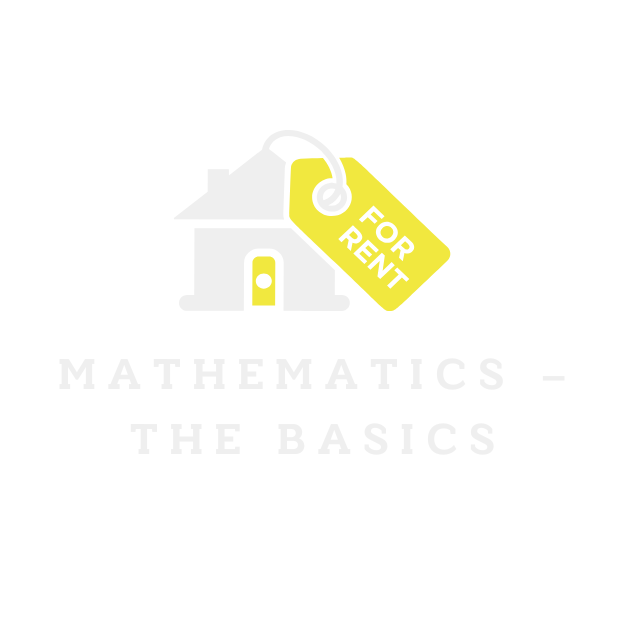Buying a home often feels like trying to solve a Rubik’s Cube blindfolded—confusing and frustrating. The down payment can be the trickiest part, leaving many potential homeowners scratching their heads. But what if there were creative ways to tackle that hefty upfront cost that don’t involve selling a kidney or living in a cardboard box?
Table of Contents
ToggleUnderstanding Down Payments
Down payments play a critical role during the home buying process. They represent a significant commitment and often determine loan terms.
Importance of Down Payments
Down payments affect mortgage approval and interest rates directly. A larger down payment can lead to lower monthly mortgage payments and better loan conditions. Lenders see substantial down payments as an indicator of a buyer’s financial stability. Furthermore, a meaningful down payment reduces the amount borrowed, lowering the risk for both the buyer and lender. It impacts equity building as well; more equity means greater ownership and less likelihood of underwater mortgages.
Common Requirements for Down Payments
Many lenders request down payments ranging from 3% to 20% of the home’s purchase price. Conventional loans typically require at least 5%, while FHA loans may allow as little as 3.5%. Credit scores play a significant role; higher scores could lead to lower down payment requirements. Emergency reserves also matter; lenders often prefer buyers with savings beyond the down payment. Finally, documentation such as income statements and proof of assets is essential for the approval process.
Creative Down Payment Ideas

Creative solutions exist to tackle down payment challenges. Exploring various options can provide financial relief during the home buying journey.
Gifts from Family and Friends
Gifts from family and friends serve as a popular option for down payments. Many lenders accept these funds as long as the giver provides a letter confirming the gift. Family members often want to help their loved ones secure a home. Guidelines among lenders may differ, so checking with each lender ensures compliance. This option not only alleviates pressure on buyers but also fosters connections among family.
Crowdfunding for Your Down Payment
Crowdfunding platforms offer an innovative way to gather down payment funds. Many buyers turn to sites like GoFundMe or Hatch My House to share their goals with potential benefactors. Campaigns can highlight personal stories and aspirations for homeownership, convincing others to contribute. Some relatives, friends, and even acquaintances may feel inclined to help. Setting clear goals and sharing updates boosts the likelihood of successful funding.
Utilizing Retirement Funds
Utilizing retirement funds provides another alternative for securing down payments. Individual Retirement Accounts (IRAs) allow for penalty-free withdrawals up to $10,000 for first-time home purchases. Buyers can access funds without incurring early withdrawal fees by adhering to specific criteria. This method can expedite the process of reaching financial goals, while still preserving long-term savings. Employing retirement accounts strategically strengthens purchasing power for prospective homeowners.
Government Assistance Programs
Government assistance programs can significantly ease the burden of down payments for homebuyers. Many states offer support, including funds and reduced rates, specifically for first-time buyers.
First-Time Homebuyer Programs
First-time homebuyer programs aim to make homeownership attainable. They often provide down payment assistance that covers a portion of the purchase price. Programs typically offer low-interest loans or grants, which do not require repayment. Income limits and property eligibility apply, but participants benefit from reduced costs. Searching for state and local initiatives can reveal valuable options that align with individual circumstances.
Grants and Subsidies
Grants and subsidies serve as financially advantageous tools for homebuyers. Many organizations, including nonprofit and government entities, provide these funds. Usually, a grant doesn’t require repayment, making it an appealing choice. Applicants may need to meet specific criteria, such as income thresholds or purchasing within targeted areas. Finding the right grants can empower buyers to tackle down payment barriers effectively. These financial aids can play a crucial role in achieving homeownership goals.
Alternative Financing Options
Homebuyers can explore several alternative financing options to manage down payment challenges effectively. These creative solutions may improve affordability and increase chances of homeownership.
Rent-to-Own Arrangements
Rent-to-own arrangements present an alternative for prospective buyers. Buyers can rent a home with the option to purchase it later, allowing them to build equity over time. A portion of the monthly rent typically applies toward the future purchase price. This setup offers flexibility while providing an opportunity to accumulate savings for a down payment. Buyers should evaluate the terms carefully to ensure alignment with their financial goals and remain mindful of potential purchase prices.
Seller Financing
Seller financing involves the property seller acting as the lender. Buyers can negotiate directly with sellers regarding down payment and loan terms. This option can reduce reliance on traditional mortgage lenders, making it more attainable for those with limited credit. Payment structures can be flexible, allowing buyers to create a plan that fits their financial situation. Buyers must ensure they fully understand the terms and implications of seller financing before proceeding.
Exploring creative down payment ideas can transform the home buying journey from daunting to achievable. By leveraging gifts from loved ones crowdfunding platforms and government assistance programs buyers can unlock new pathways to homeownership. Alternative financing options like rent-to-own and seller financing further enhance affordability while providing flexibility.
These innovative strategies not only ease financial burdens but also foster community support and personal connections. With the right approach buyers can confidently navigate the complexities of down payments and take meaningful steps toward owning their dream home.


